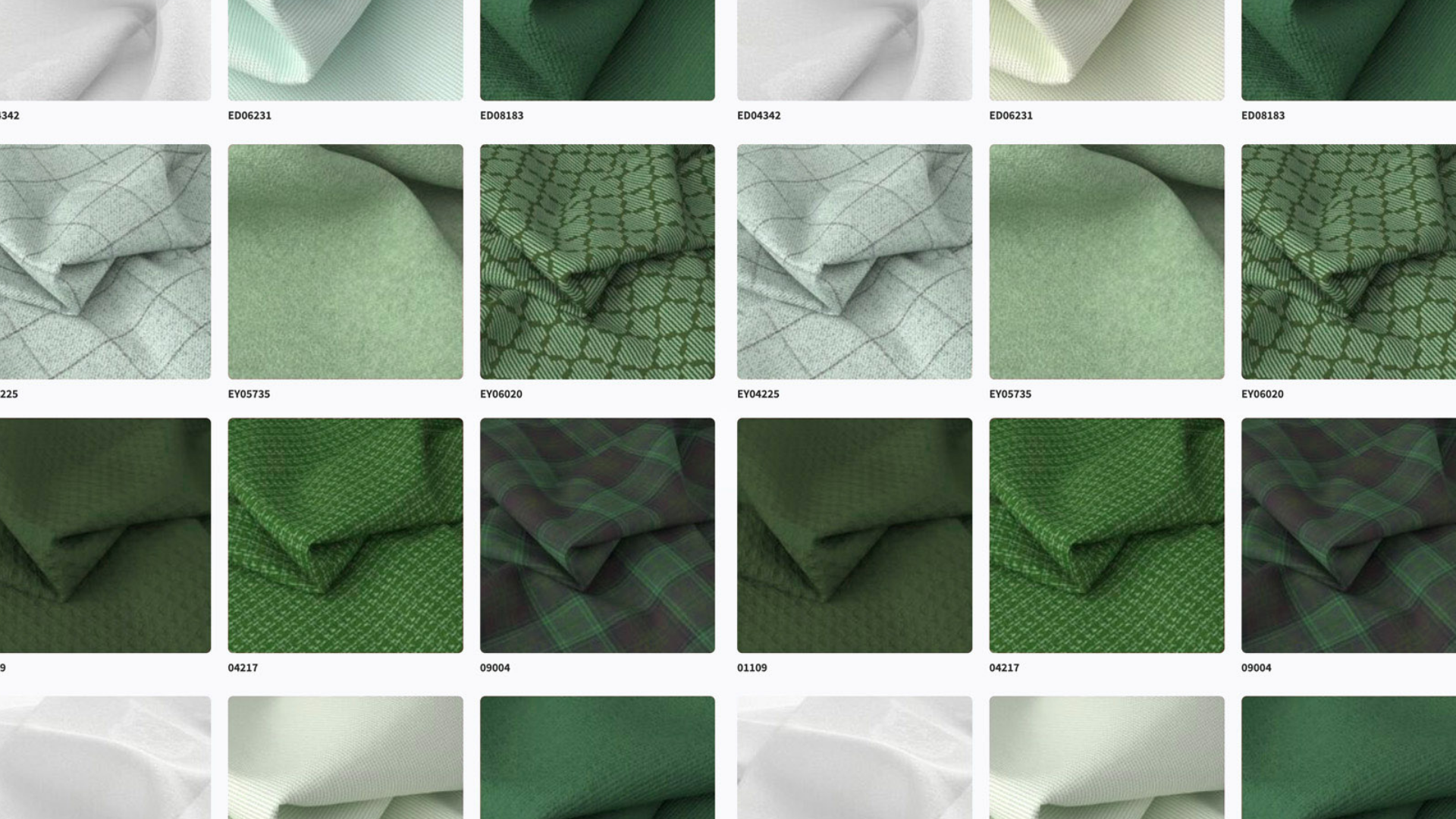In the textile and apparel industry, digitization is no longer a luxury—it’s a necessity. As supply chains grow more complex and sustainability demands rise, building a robust digital fabric library can streamline operations, enhance collaboration, and accelerate product development.
Here are six essential tips to build a digital fabric library that’s efficient, scalable, and ready for the future:
1. Start with High-Quality Fabric Digitization
Your library is only as good as the data you feed into it. Use high-resolution scanners or digitization tools that capture not only visuals, but also texture, drape, and color accuracy. Consider working with platforms like Frontier.cool, which use advanced AI and imaging to create detailed digital twins of physical fabrics.
2. Standardize Your Metadata
Tagging fabrics with consistent metadata—like fiber content, GSM, weave type, and certifications—makes your library searchable and useful across teams. Use industry-standard terms and define a controlled vocabulary to avoid duplicate entries and confusion.
3. Categorize for Collaboration
Organize fabrics by function, sustainability credentials, or project relevance. This not only helps designers and product teams but also makes cross-department collaboration (e.g. sourcing, sustainability, and merchandising) much easier.
4. Keep It Cloud-Based and Accessible
Your team might be global—your fabric library should be too. Use cloud-based solutions that allow real-time collaboration and updates. Frontier.cool, for example, offers a centralized digital library that integrates with design tools and PLMs.
5. Build for Scalability
Even if you’re starting with 100 fabrics, plan for thousands. Use file-naming conventions, taxonomy structures, and tech partners that scale as your library grows. Automations and AI-based categorization can help as you expand.
6. Update It Like a Living Resource
A fabric library is never “done.” Schedule regular reviews to remove discontinued items, update supplier info, and add sustainability data. Keep an update log to maintain version control and clarity for your team.
The Bottom Line
A well-structured digital fabric library helps you cut sampling costs, speed up design cycles, and reduce your environmental footprint. Partnering with tools like Frontier.cool gives your team the foundation to make smarter, faster, and more sustainable material decisions.
